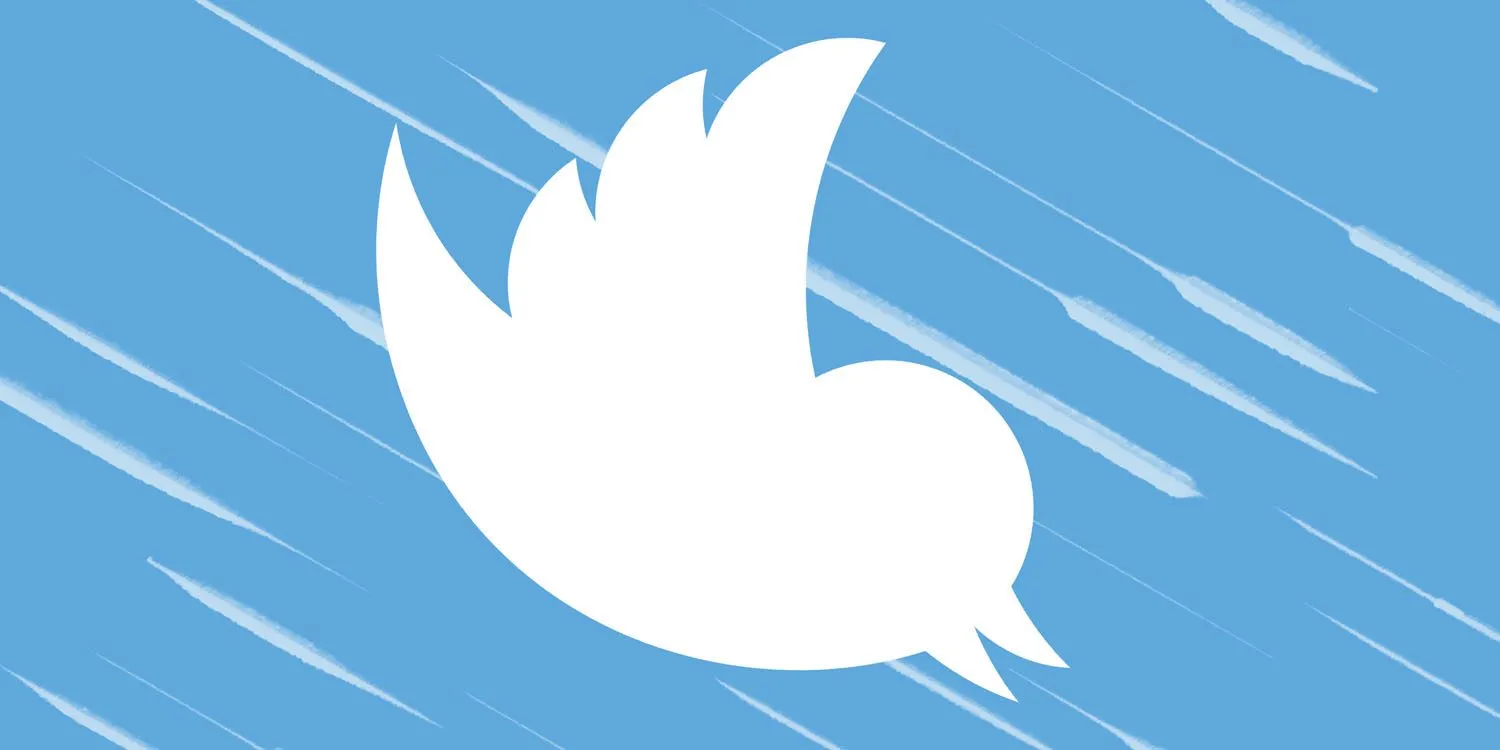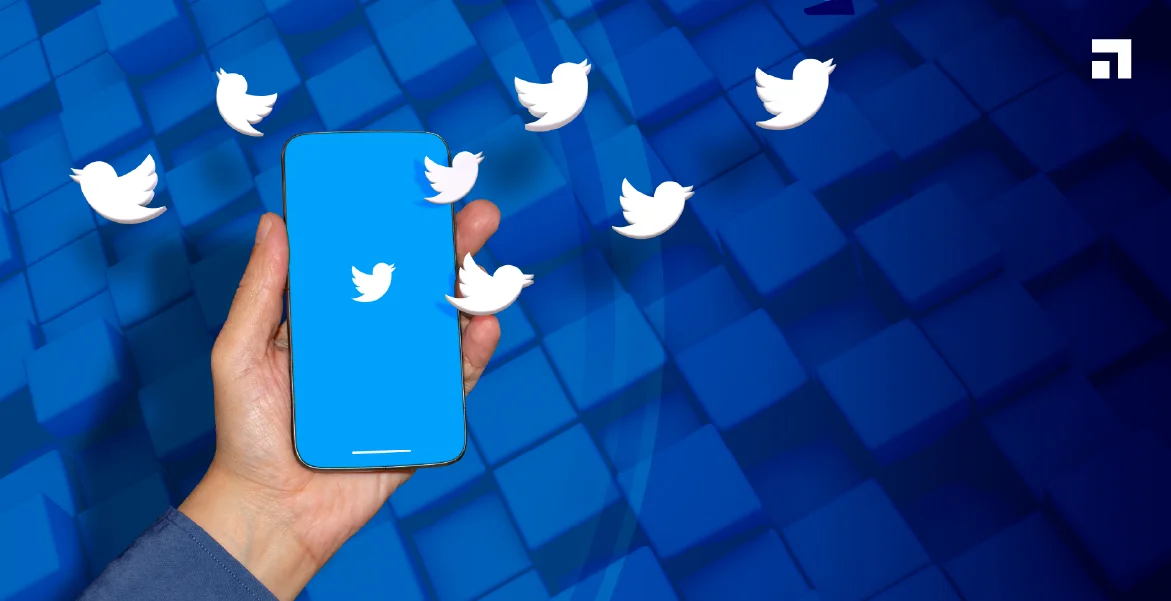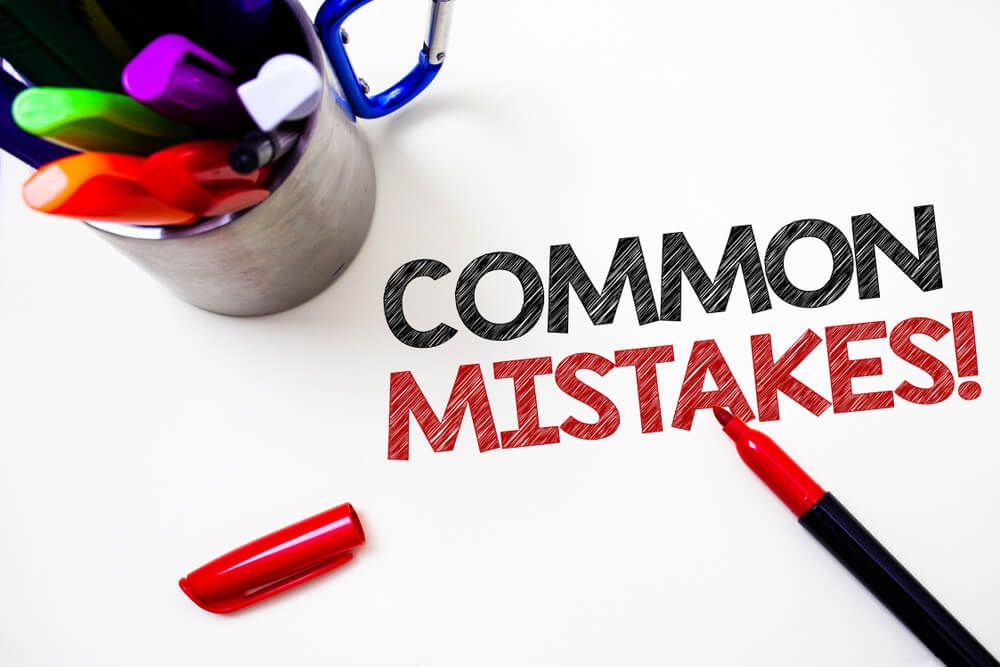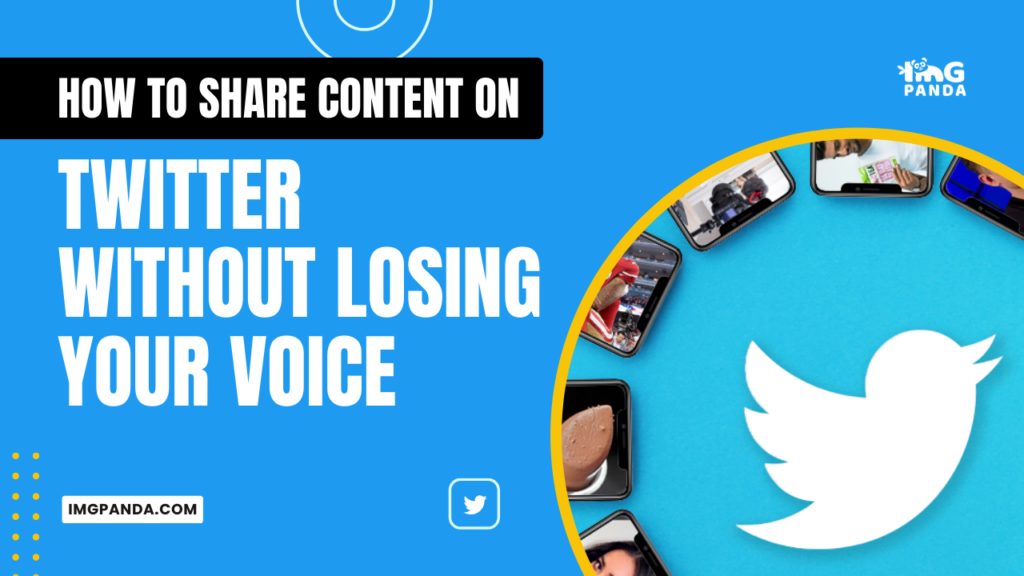Introduction
Twitter has become a prominent platform for sharing information, ideas, and content with a global audience. With over 330 million active users worldwide, Twitter has become a hub for discussions, news updates, and networking. Retweeting, which is the act of sharing someone else's tweet, has become a critical feature of Twitter's culture.
It allows users to amplify their voice, promote their content, and increase engagement with their followers. However, retweeting can also be a double-edged sword. If not done correctly, it can lead to a loss of voice, a lack of engagement, and even harm one's brand.
Therefore, it is essential to understand the art of retweeting, which involves knowing what content to retweet, understanding the audience, and retweeting with purpose, engagement, and branding in mind. In this article, we will explore the best practices and common mistakes to avoid when retweeting, providing you with practical tips on how to share content on Twitter without losing your voice.
Also Read This: Watching Dailymotion on the Wii U with Troubleshooting Tips
Understanding the art of Retweeting
Understanding the art of retweeting involves knowing when what, and how to retweet. Retweeting is more than just sharing someone else's content; it is about sharing content that aligns with your brand, resonates with your audience, and adds value to the conversation. Here are some essential factors to consider when understanding the art of retweeting:
[caption id="attachment_193158" align="alignnone" width="1500"] Understanding the art of Retweeting[/caption]
Understanding the art of Retweeting[/caption]
Retweeting with Purpose
Knowing what content to retweet is the first step in understanding the art of retweeting. Retweeting content that is relevant to your brand, niche, or industry can help position you as an expert in your field. It is also essential to understand your audience's interests and needs to ensure that the content you retweet resonates with them.
Retweeting for Engagement
Retweeting for engagement involves adding value to the content you retweet by sharing your opinion, insights, or questions. This approach not only increases engagement with your followers but also helps build relationships with the original poster. Additionally, tagging the original poster in your retweet can increase the chances of them engaging with your tweet, leading to more visibility and exposure.
Retweeting for Branding
Retweeting for branding involves creating a consistent voice and building relationships with your audience. When retweeting content, it is essential to ensure that it aligns with your brand values and messaging. This approach helps build trust and credibility with your audience and can lead to increased engagement and loyalty.
Also Read This: Step-by-Step Tutorials for DIY Hijab Caps on Dailymotion
Best practices for Retweeting
Retweeting on Twitter is not just about clicking the "Retweet" button. It involves using best practices that can help increase your visibility, engagement, and credibility. Here are some best practices for retweeting:
[caption id="attachment_193159" align="alignnone" width="1171"] Best practices for Retweeting[/caption]
Best practices for Retweeting[/caption]
Retweeting Etiquette
Giving credit to the original poster - Always give credit to the original poster by including their username in your retweet. This helps to acknowledge their work and promotes goodwill on the platform.
Avoiding Plagiarism - Avoid copying and pasting someone else's tweet without giving them credit. This is not only unethical but can also lead to copyright infringement.
Retweeting for visibility
Using hashtags and mentions - Including relevant hashtags and mentioning relevant users can increase your tweet's visibility and attract more engagement.
Retweeting at the right time - Retweeting at peak hours when your audience is active can increase the chances of your tweet being seen and engaged.
Retweeting for Engagement
Encouraging conversation - When retweeting, add a question, opinion, or comment that encourages conversation and engagement with your followers and the original poster.
Responding to comments and messages - Engage with users who interact with your retweets by responding to their comments or messages. This can help build relationships and increase engagement with your followers.
Also Read This: Silence Speaks: Disable Comments on DeviantArt
Avoiding common mistakes
While retweeting can be a powerful tool for engagement, it is important to avoid common mistakes that can damage your credibility and reputation. Here are some common mistakes to avoid:
[caption id="attachment_193160" align="alignnone" width="1000"] Avoiding common mistakes[/caption]
Avoiding common mistakes[/caption]
Retweeting too much or too little
Retweeting too much can make your profile seem like a mere aggregator of other people's content while retweeting too little can make your profile appear inactive. Finding a balance between original content and retweets is crucial to maintaining your profile's authenticity and voice.
Retweeting without context
can confuse your audience, especially if the tweet is taken out of context or doesn't align with your brand values. Adding a brief comment or context to your retweet can help provide clarity and increase engagement.
Retweeting without checking the source
can lead to retweeting misinformation, fake news, or spam. Always verify the source of the tweet before retweeting it to ensure its accuracy and relevance. Here's a video that provides guidance on the process of retweeting content on Twitter.
Also Read This: How to Abbreviate Your Behance Link
FAQs
What is retweeting on Twitter?
Retweeting is the act of sharing someone else's tweet with your own followers.
Why is retweeting important on Twitter?
Retweeting is important on Twitter because it allows users to amplify their voice, promote their content, and increase engagement with their followers.
How can I understand the art of retweeting?
Understanding the art of retweeting involves knowing what content to retweet, understanding your audience, and retweeting with purpose, engagement, and branding in mind.
What are some best practices for retweeting?
Best practices for retweeting include giving credit to the original poster, using relevant hashtags and mentions, retweeting at the right time, encouraging conversation, and responding to comments and messages.
What are some common mistakes to avoid when retweeting?
Common mistakes to avoid when retweeting include retweeting too much or too little, retweeting without context, and retweeting without checking the source.
How can I find a balance between retweeting and original content?
Finding a balance between retweeting and original content involves understanding your audience's needs and interests, creating a content strategy, and curating and sharing content that aligns with your brand values and messaging.
Also Read This: Mastering Defense in My Hero Rumble to Stay Protected in Combat
Pros and Cons
| Pros | Cons |
| Amplifies your voice and promotes your content | This can lead to a loss of voice and lack of Originality |
| Increases engagement with your followers | May cause confusion or misinterpretation without context or comment |
| Helps build relationships with other users | This can lead to retweeting misinformation or fake news |
| Positions you as an expert in your field | Can damage your credibility if you retweet without verifying the source |
| Provides value to your audience through curated content | Can be time-consuming to curate and select quality content |
| Increases visibility and exposure on the platform | This can lead to retweeting too much or too little |
Overall, retweeting can be a valuable tool for engagement and amplification on Twitter, but it's important to use it strategically and carefully to avoid common pitfalls.
Conclusion
In conclusion, the art of retweeting on Twitter is an essential skill for anyone looking to build a presence, amplify their voice, and increase engagement on the platform. Retweeting can help you provide value to your audience, build relationships with other users, and position yourself as an expert in your field. However, retweeting must be done strategically and with purpose, as it can also lead to a loss of voice, lack of originality, or damage to your credibility if not done correctly.
To maximize the benefits of retweeting, it's essential to understand your audience's interests and needs, curate high-quality content that aligns with your brand values and messaging, and engage in best practices such as giving credit to the original poster, using relevant hashtags and mentions, retweeting at the right time, encouraging conversation, and responding to comments and messages.
By avoiding common mistakes such as retweeting too much or too little, retweeting without context or comment, and retweeting without verifying the source, you can build a strong presence on Twitter and enjoy the benefits of increased visibility, engagement, and credibility.
Ultimately, finding a balance between retweeting and original content is crucial to maintaining your voice and authenticity on the platform. By following the principles and best practices outlined in this article, you can use the art of retweeting to build a strong presence, engage with your followers, and increase your impact on Twitter.
